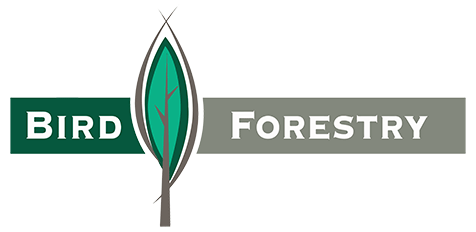 US softwood lumber made the wood products industry news this week with Tuesday’s release of a study by ForestEdge and Wood Resources International that demand will grow at an annual rate of 2.3 percent through 2030, outpacing the same report’s forecasted GDP.
US softwood lumber made the wood products industry news this week with Tuesday’s release of a study by ForestEdge and Wood Resources International that demand will grow at an annual rate of 2.3 percent through 2030, outpacing the same report’s forecasted GDP.
The study suggests the anticipated result would likely be increased investments in production capacity in the US, changes in Canadian lumber trade flows, a rise in overseas supply, and upward pressure on sawlog prices.
It also states that estimated softwood lumber production costs in 2016 made the South one of the lowest cost suppliers of softwood lumber to the US market, suggesting that the increase in demand and other factors should continue to facilitate a major expansion of sawmill capacity in the region.
A detailed analysis of the future consumption of softwood lumber in each of the five end-use categories (residential housing, repair and remodeling, non-residential construction, material handling and other) reveals that the category “Non-Residential Construction” will grow at the fastest rate and will increase its share of the total softwood lumber usage from just over 11-percent in 2016 to almost 14-percent by 2030. Lumber consumed by the residential housing sector, including repair and remodeling, will continue to account for the almost 70-percent of the end-use market.
Detailed analyses of different demand and supply forecast scenarios can be found in the newly released comprehensive report: “Future Suppliers of Softwood Lumber to the US Market – Supply and Demand Outlook 2017- 2030.”
Let Bird & Crawford Forestry help you set and reach your forest land management goals.
Click here or call 936-598-3053 for our Center, Texas office or 318-797-1546.



